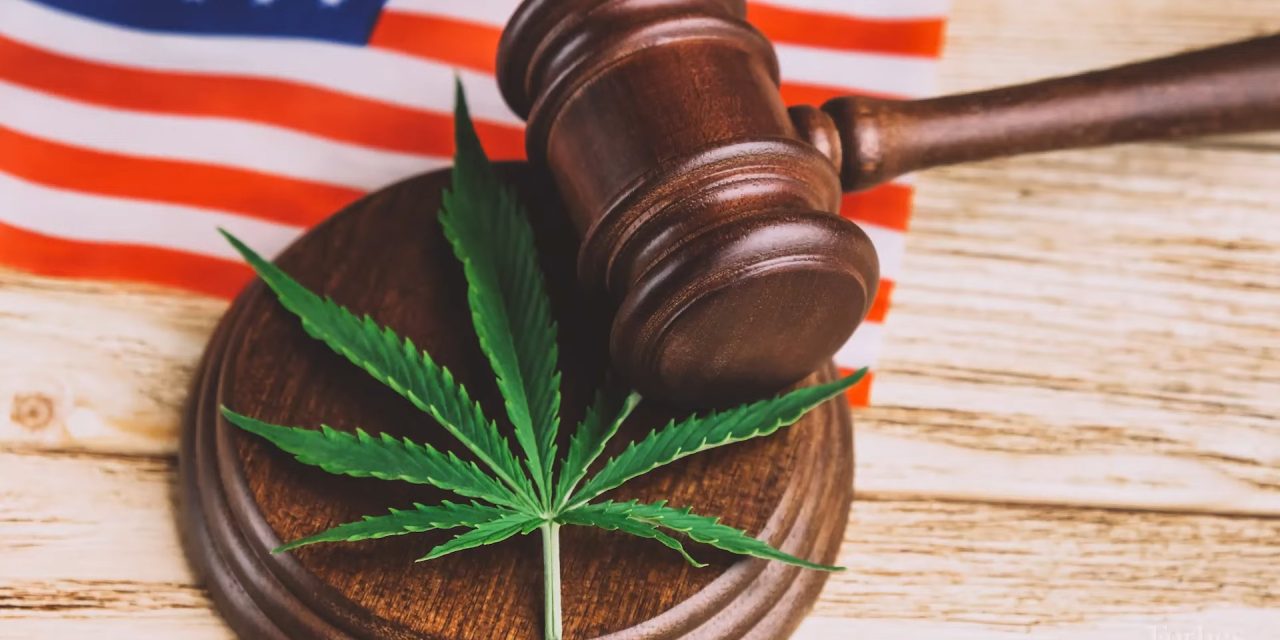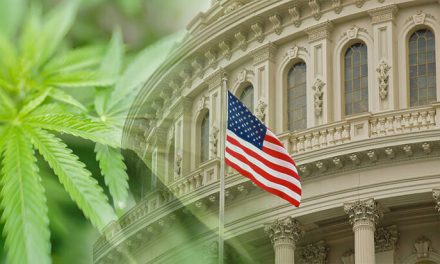Cannabis laws in the United States present a complex and often confusing landscape, particularly when comparing federal regulations with those of individual states like New York. Understanding the differences between these laws is crucial for anyone involved in the cannabis industry or considering the use of cannabis for medical or recreational purposes.
Federal Cannabis Laws
- Controlled Substances Act (CSA): At the federal level, cannabis is classified as a Schedule I controlled substance under the CSA. This classification means that cannabis is considered to have a high potential for abuse, no accepted medical use, and a lack of accepted safety for use under medical supervision.
- Federal Enforcement: Despite the growing number of states legalizing cannabis, federal law enforcement agencies, such as the Drug Enforcement Administration (DEA), still have the authority to enforce federal cannabis laws. This creates a legal gray area for businesses and individuals in states where cannabis is legal.
- Banking and Financial Services: One of the significant challenges for the cannabis industry is access to banking and financial services. Due to federal regulations, many banks are hesitant to provide services to cannabis businesses, leading to a reliance on cash transactions and creating security risks.
New York State Cannabis Laws
- Marijuana Regulation and Taxation Act (MRTA): New York State has taken a progressive approach to cannabis legalization with the enactment of the MRTA in March 2021. This law legalizes the possession, use, and sale of cannabis for adults 21 and older.
- Medical Cannabis: New York has a well-established medical cannabis program that allows patients with qualifying conditions to obtain and use cannabis for therapeutic purposes. The program includes a range of products, from flower to tinctures and edibles.
- Recreational Use: Adults 21 and older can legally possess up to 3 ounces of cannabis flower or 24 grams of concentrated cannabis. The law also allows for the cultivation of up to six cannabis plants per person, with a maximum of 12 plants per household.
- Social Equity and Licensing: The MRTA includes provisions to promote social and economic equity, aiming to support communities disproportionately affected by past cannabis prohibition. The Office of Cannabis Management (OCM) and the Cannabis Control Board (CCB) oversee the licensing of cultivators, processors, distributors, and dispensaries.
Key Differences and Conflicts
- Legal Status: The most significant difference between federal and New York State laws is the legal status of cannabis. While cannabis remains illegal under federal law, it is legal for both medical and recreational use in New York.
- Enforcement: Federal agencies can still enforce federal cannabis laws in New York, creating potential legal risks for businesses and individuals. However, state and local law enforcement agencies in New York are focused on regulating and supporting the legal cannabis market.
- Banking and Financial Services: The conflict between federal and state laws creates challenges for cannabis businesses in New York, particularly regarding access to banking and financial services. While state laws support the cannabis industry, federal regulations continue to pose obstacles.
- Social Equity: New York’s MRTA places a strong emphasis on social equity, aiming to address the harms caused by past cannabis prohibition. This focus on equity is not reflected in federal cannabis laws, which do not include similar provisions.
Conclusion
The differences between federal and New York State cannabis laws highlight the complexities and challenges of navigating the legal landscape of cannabis in the United States. While New York has taken significant steps to legalize and regulate cannabis, the ongoing conflict with federal laws creates uncertainties and obstacles for businesses and individuals. Understanding these differences is essential for anyone involved in the cannabis industry or considering the use of cannabis in New York.











